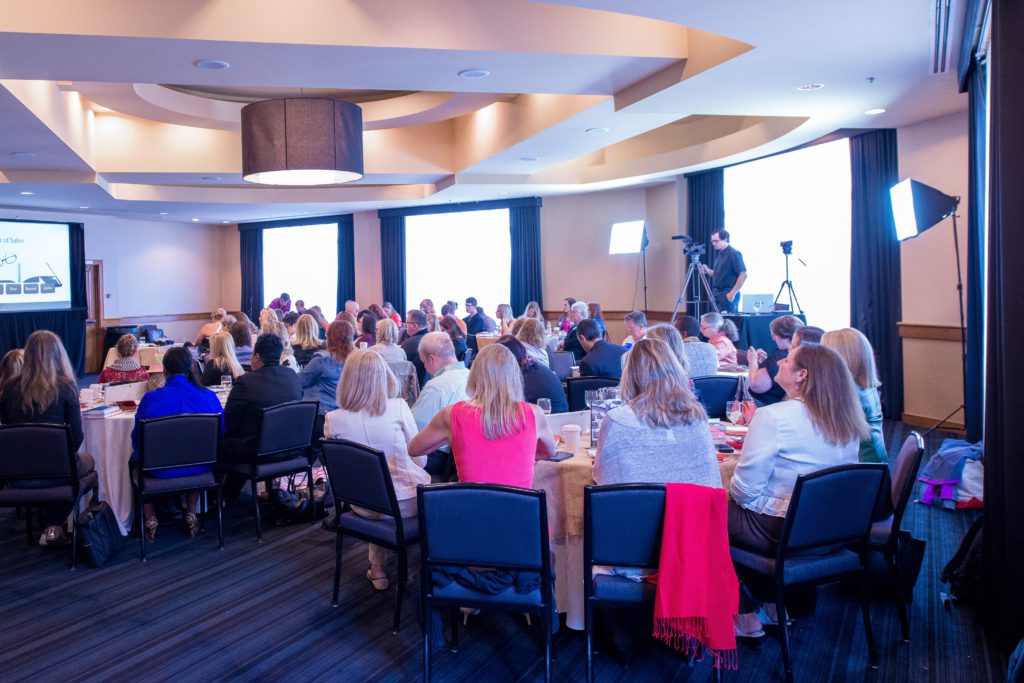CONTEXT
The context is provided on the basis of the conclusions of the Access to Educational Report for refugee and migrant children in Europe, carried out jointly by Unhcr, Unicef and Iom.
A greater effort is needed to ensure that all minors who are migrants, refugees and asylum seekers have access to quality education and guarantees for the continuation of their academic career. Lack of school space, inadequately trained teachers, language obstacles and limited access to psychosocial support and limited recovery classes are the main barriers that children with migrant background encounter in accessing education in Europe.
To help states respond to these challenges and the lack of crucial data, the publication provides examples of good and promising practices for education in Europe and a number of recommendations. These include the request to strengthen the link between schools and other important public services, such as health and child protection, to ensure that barriers for school enrollment and factors that contribute to early school leaving are overcome. Agencies also ask states to extend efforts and further invest in both national and regional levels to collect standardized and harmonized quality data on refugee children, asylum seekers and educational migrants, to guide development and distribution policies.
In Italy, National education statistics distinguish only between Italian and non-Italian citizens. In the 2016-2017 school year, there were 634,070 non-Italian children registered in Italian schools (9.5% of the total number of students enrolled). 46% of non-Italian children were enrolled in primary school, 26% in lower secondary school and 29% in upper secondary school. There are no data on pre-primary education. Among all non-Italian children in the school system, 77% (487,748) were non-European citizens. Among the refugee and migrant adolescents, who responded to the survey on education conducted at the end of 2017 on the UNICEF U-Report on the Move platform, 49% attended only Italian language classes, while only 30% attended regular classes, with a big difference between the zones. According to a more recent survey, 86% of respondents stated that they wanted to access training courses. However, very few of them have had access to these opportunities.


